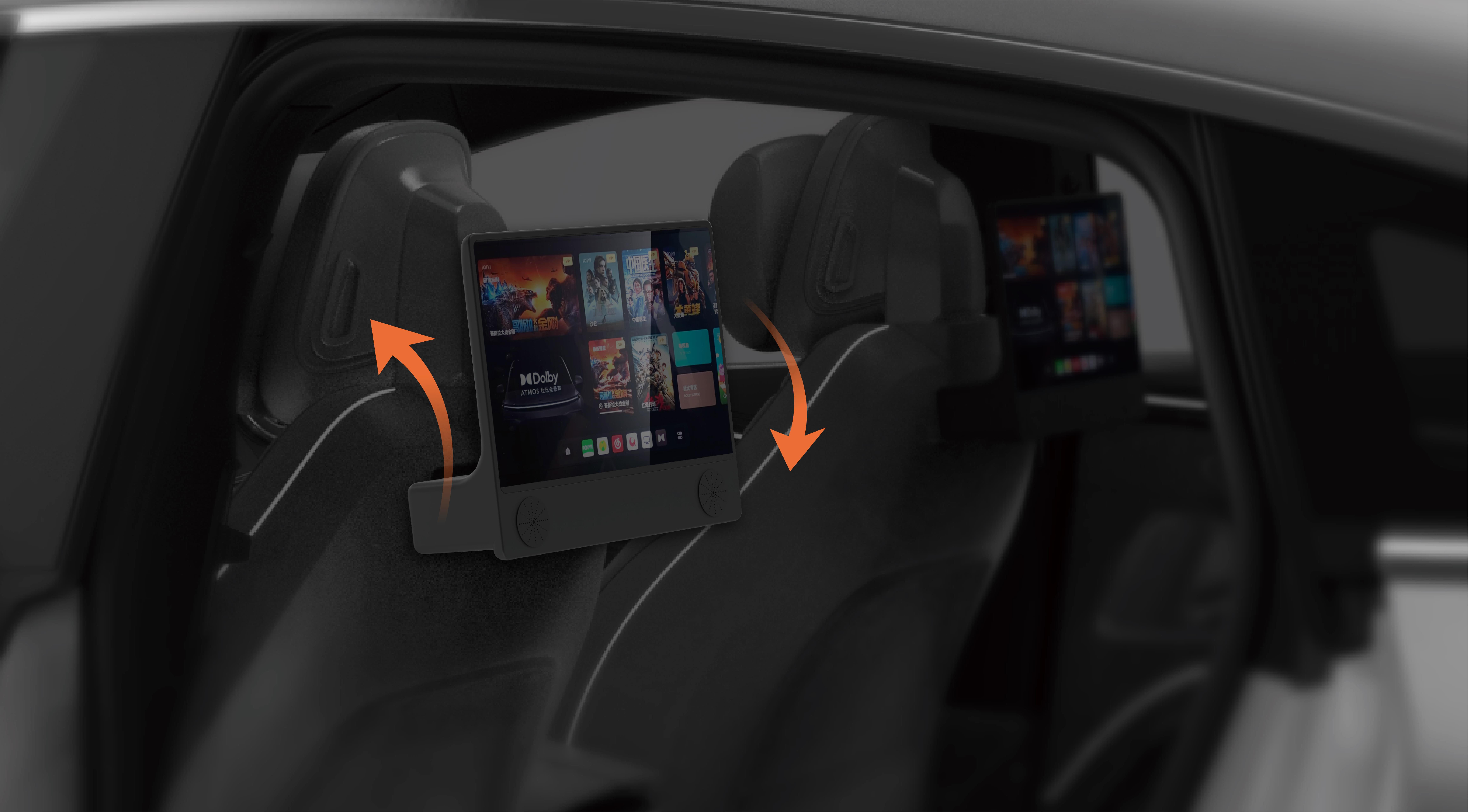Decoding Motion: Exploring the Key Differences Between DC Motors and Servo Motors
In the realm of automation, robotics, and electronic engineering, motors are the heartbeat of countless applications. Whether it's turning a robot’s arm, fluctuating a camera’s angle, or powering a conveyor belt, the choice of motor can make all the difference. Among the myriad options available, DC motors and servo motors stand out as two pivotal players, each offering unique advantages suited for specific tasks. But what really sets them apart? Let’s embark on a journey to unravel the mysteries of these two motor types and see which one fits your needs best.

Understanding DC Motors
DC motors, or direct current motors, are among the simplest and most commonly used electric motors. They convert electrical energy into mechanical motion through the interaction of magnetic fields, driven by a source of direct current. They typically consist of two main components: the stator (the stationary part) and the rotor (the rotating part). When current flows through the armature windings, a magnetic field is generated, causing the rotor to spin.
Their simplicity translates into affordability, robustness, and ease of control. DC motors come in various forms, including brushed and brushless variants, each with specific advantages. The brushed DC motor, for example, uses brushes to supply current to the rotor, while brushless versions utilize electronic controllers, offering increased efficiency and longevity.
One of the central appeal factors of DC motors is their variable speed control. By adjusting the voltage supplied, you can regulate the motor’s speed smoothly and predictably—which makes them ideal for applications that require continuous movement, like fans, blowers, or conveyor systems.
However, a notable limitation of standard DC motors is their lack of precise positional control. They can rotate at desired speeds but lack inherent feedback mechanisms to determine their exact position or speed without additional sensors or encoders.
Introducing Servo Motors — The Precision Engines
Enter the servo motor—an advanced form of motor designed for accuracy and precise control. While sometimes confused with standard DC motors due to similarities, servo motors are more like specialized devices equipped with integrated control circuitry and feedback mechanisms that enable exact position, velocity, or torque regulation.
Typically, a servo motor is a small, high-torque motor combined with a sensor (usually an encoder or potentiometer) and a control circuit. The core function of a servo is to position the shaft at a specific angle or follow a precise trajectory, even under varying loads. This makes servo motors indispensable in robotics, CNC machinery, aerospace, and other fields where exact movement commands are critical.
The defining feature of servo motors is their closed-loop control system. When a command is issued—say, rotate the arm to 90 degrees—the servo’s control circuitry compares the actual position (from feedback) to the goal and adjusts the power accordingly. This real-time correction ensures high accuracy and repeatability, allowing machines to perform complex, precise movements.
Types of Servo Motors
Servo motors come in various forms, broadly classified into AC and DC types, but the most common in robotics and automation applications tend to be DC servo motors. These are brushed or brushless and are favored for their high responsiveness and fine control capabilities.
An important note is that servo motors are typically used alongside servomechanisms, which can be as simple as a hobbyist’s RC servo or elaborate industrial servo systems with multiple feedback channels and sophisticated controllers.
The Heart of the Matter: What Sets Them Apart?
While both DC motors and servo motors are designed to convert electrical energy into mechanical motion, their intended uses diverge significantly once you look beneath the surface:
Control Precision: DC motors excel at continuous rotation and basic speed regulation but lack built-in accuracy for position-specific tasks. Servo motors, with their feedback loops and specialized control circuitry, deliver pinpoint precision—often within fractions of a degree.
Complexity and Cost: A standard DC motor is straightforward and inexpensive. Servo motors, on the other hand, involve additional sensors, control hardware, and protective components, making them more complex and costly but offering unmatched control capabilities.
Functionality: Think of DC motors as the workhorses: reliable, powerful, and easy to integrate when simple motion is needed. Servo motors are the specialists: precise, programmable, and ideal for applications requiring tight control and complex movement sequences.
Application Reach: DC motors power basic machinery—driving wheels, fans, pumps—where rough control suffices. Servo motors dominate in robotics, CNC machines, camera cranes, and aerospace systems where exact positioning and repeatability are non-negotiable.
In Summary
Both DC motors and servo motors have carved out essential roles in technology. If your project demands straightforward, variable speed control without rigorous position accuracy, a DC motor might be just right. But if your application demands high-precision movements, rapid response, and consistent repeatability, servo motors are your best bet.
The next part will dive deeper into the pros and cons of each motor type, explore their real-world applications, and help you decide which to choose for your specific needs. Whether you're an engineer, a hobbyist, or a tech enthusiast, understanding these distinctions can open doors to more efficient, precise, and innovative designs.
Kpower has delivered professional drive system solutions to over 500 enterprise clients globally with products covering various fields such as Smart Home Systems, Automatic Electronics, Robotics, Precision Agriculture, Drones, and Industrial Automation.




































